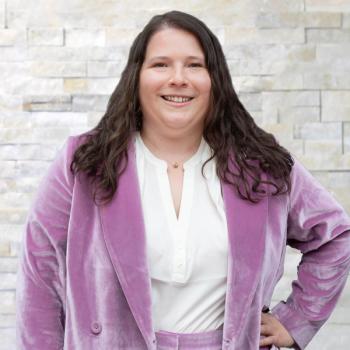
Laser-Induced XUV Spectroscopy (LIXS): Unveiling the Potential for High-Precision LIBS Analysis
Laser-induced XUV spectroscopy (LIXS) emerges as a promising technique for high-precision analysis in laser-induced breakdown spectroscopy (LIBS), offering improved limits of detection, precision, and the ability to detect trace heterogeneities in materials. By capturing stable plasma emission in the extreme ultraviolet range, LIXS demonstrates its potential for detecting light elements and halogens with a high signal-to-noise ratio, providing researchers with a valuable tool for advanced material analysis.
Laser-induced breakdown spectroscopy (LIBS) has long been employed as a rapid microanalytical technique; however, its precision has been limited by plasma flicker noise. In a recent study published in Spectrochimica Acta Part B: Atomic Spectroscopy, researchers introduce laser-induced XUV spectroscopy (LIXS) as a promising approach to overcome these limitations and achieve high-precision LIBS analysis (1). By collecting stable plasma emission in the extreme ultraviolet (XUV) range, LIXS offers improved precision, enhanced limits of detection, and the ability to detect trace heterogeneities in materials.
LIXS operates on a similar principle to LIBS but captures the stable plasma emission in the XUV region, which corresponds to the early stages of the laser-plasma interaction. The researchers demonstrate that an XUV spectrometer increases the information capacity quadratically, enabling higher precision analysis. The study delves into specific electron-ion processes within the LIXS plasma, elucidating how this technique enhances the limits of detection and precision in LIBS analysis.
One of the significant advantages of LIXS is its ability to detect light elements and halogens with a high signal-to-noise ratio and a fractionation-free response. This capability opens up new possibilities for material analysis, where the accurate determination of trace elements is crucial. The authors discuss various applications of LIXS in materials analysis, showcasing its effectiveness in detecting and quantifying light elements and halogens.
The introduction of LIXS represents a significant advancement in the field of laser-induced spectroscopy, offering researchers a powerful tool for high-precision analysis of materials. By harnessing the stable plasma emission in the XUV range, LIXS improves the precision of LIBS analysis, allowing for the detection of minute heterogeneities and trace elements with remarkable sensitivity. The study by Davide Bleiner and colleagues at Empa Materials Science & Technology and the University of Zürich highlights the potential of LIXS and its future impact in the field of microanalytical techniques.
As research continues to refine and expand the capabilities of laser-induced XUV spectroscopy, the field of material analysis is poised to benefit from the enhanced precision and sensitivity offered by this innovative approach. The development of LIXS marks a significant step forward in the pursuit of accurate and comprehensive microanalytical techniques, opening doors to new insights and applications in various scientific disciplines.
Reference
(1) Bleiner, D.; Qu, D.; Kraft, K.; Shlyakhtun, O. Laser-induced XUV spectroscopy (LIXS): From fundamentals to application for high-precision LIBS. Spectrochimica Acta Part B: At. Spectrosc. 2023, 204, 106668. DOI:
Newsletter
Get essential updates on the latest spectroscopy technologies, regulatory standards, and best practices—subscribe today to Spectroscopy.



